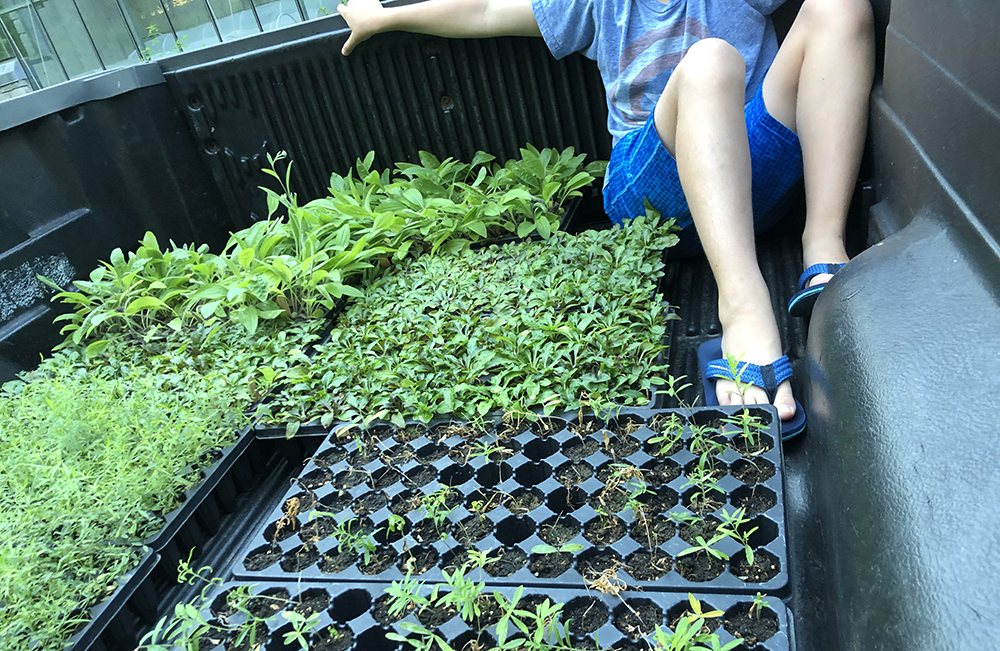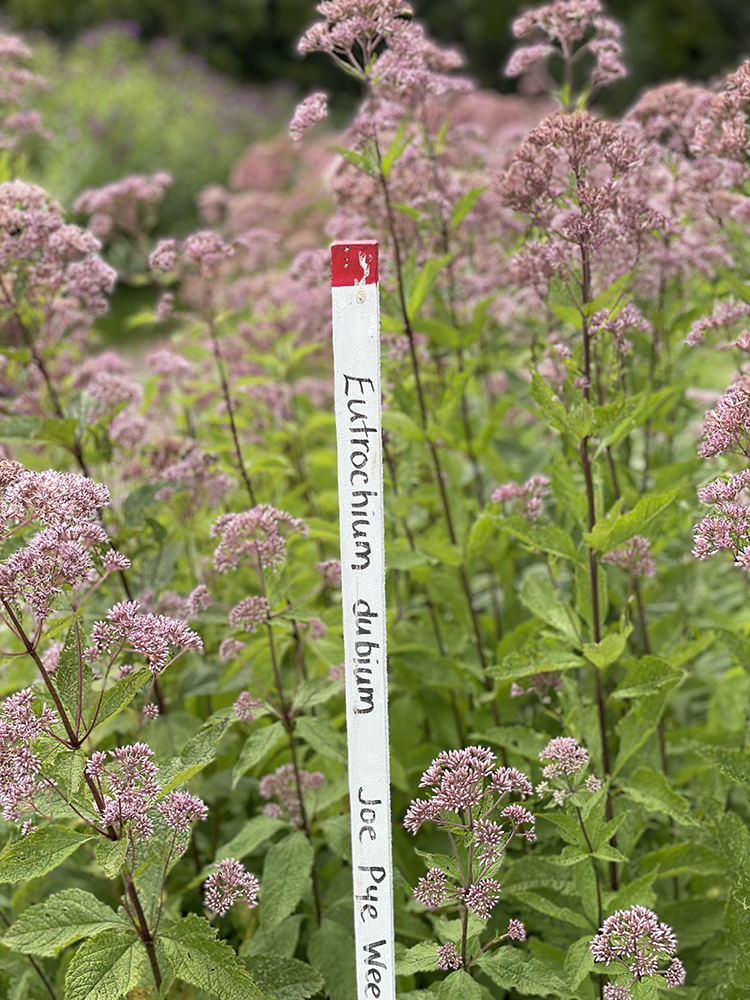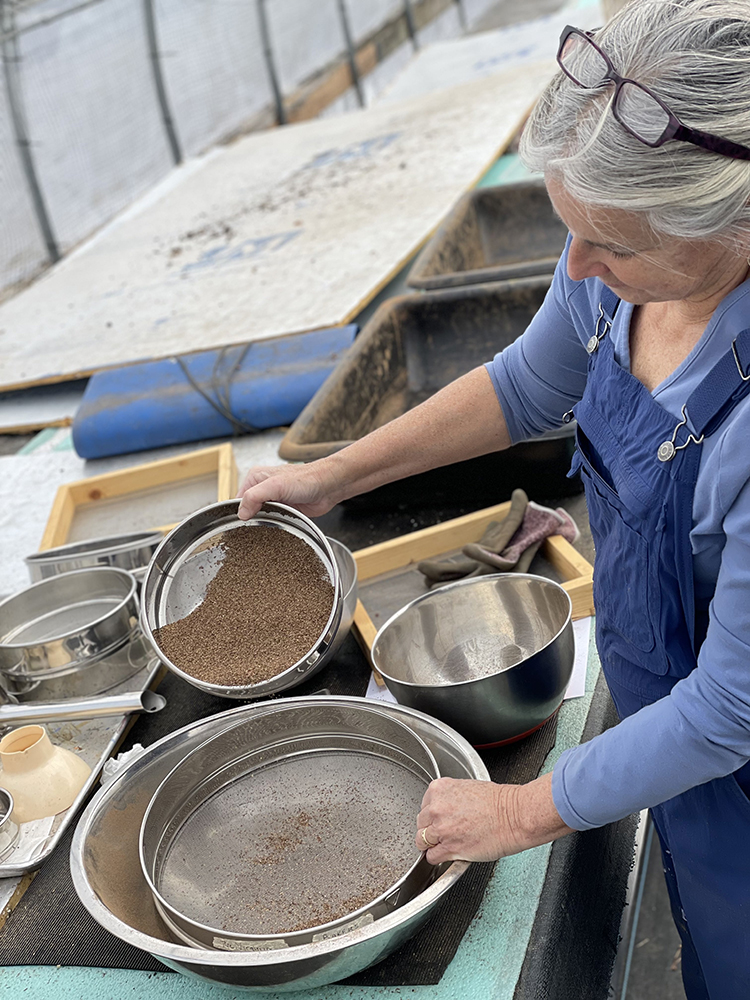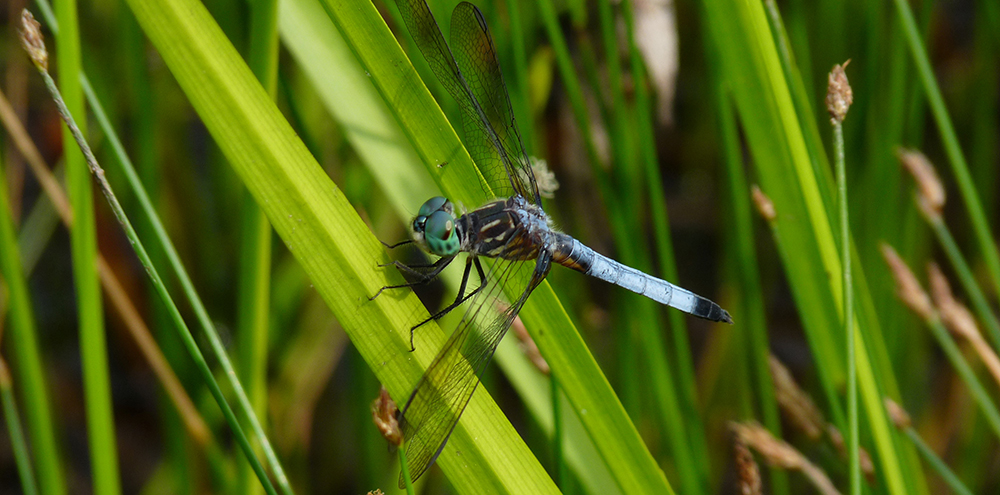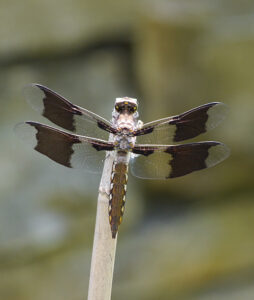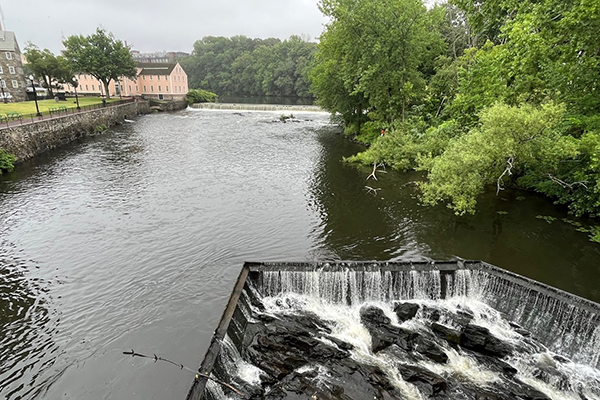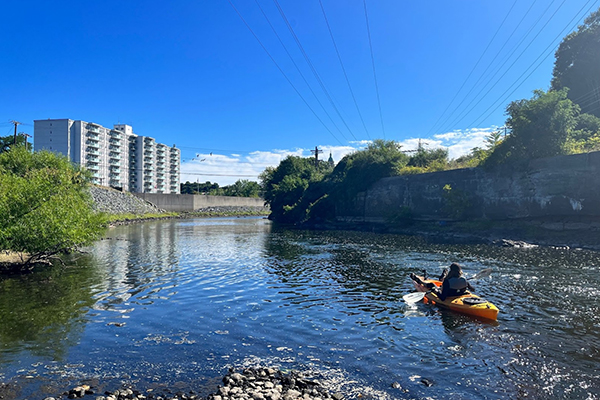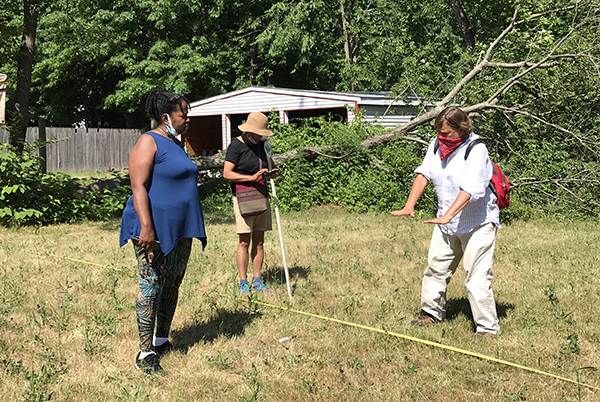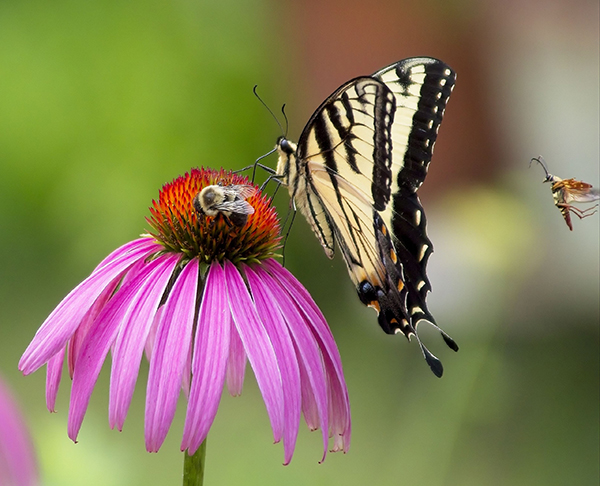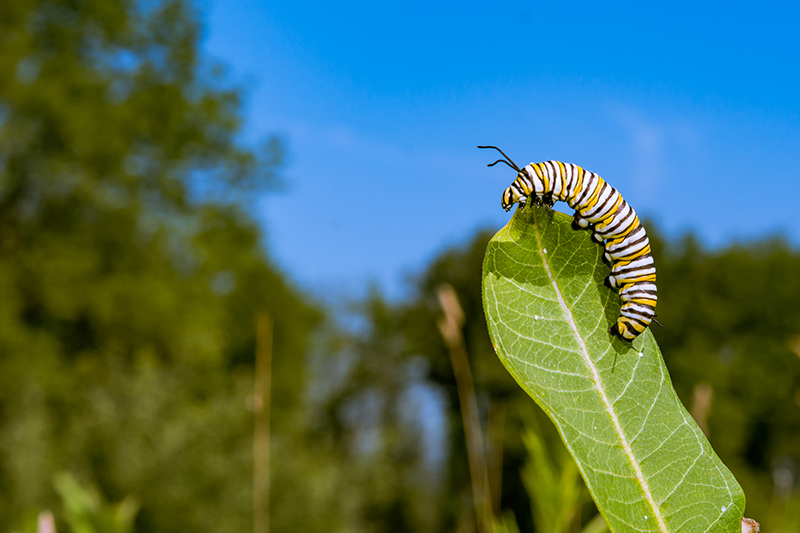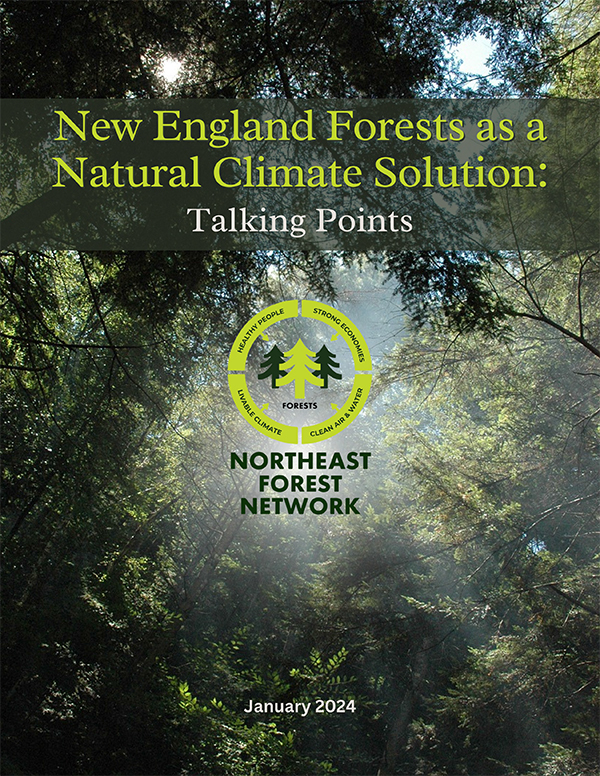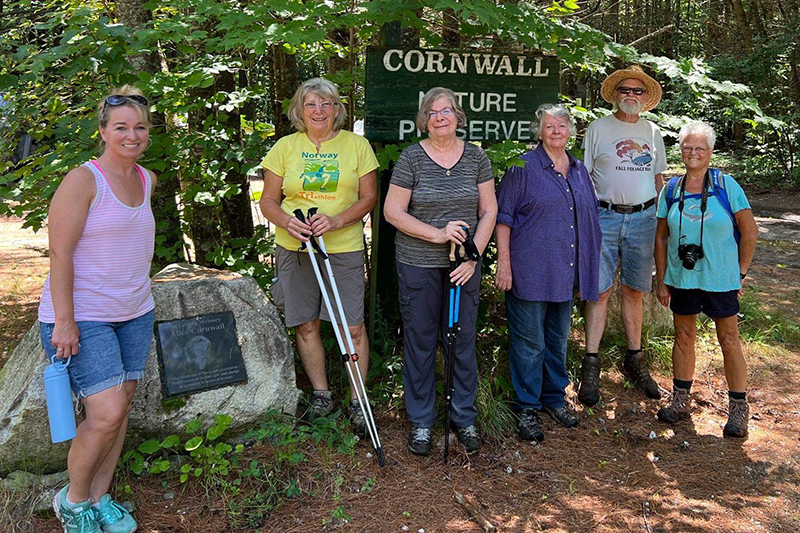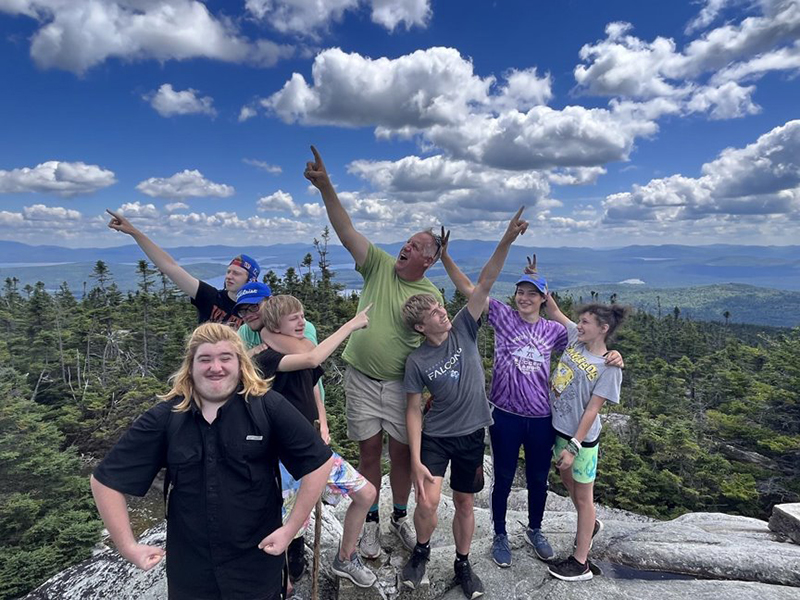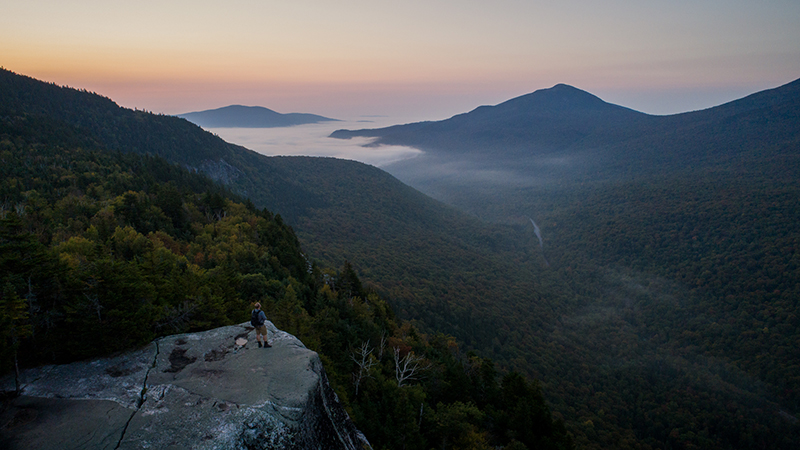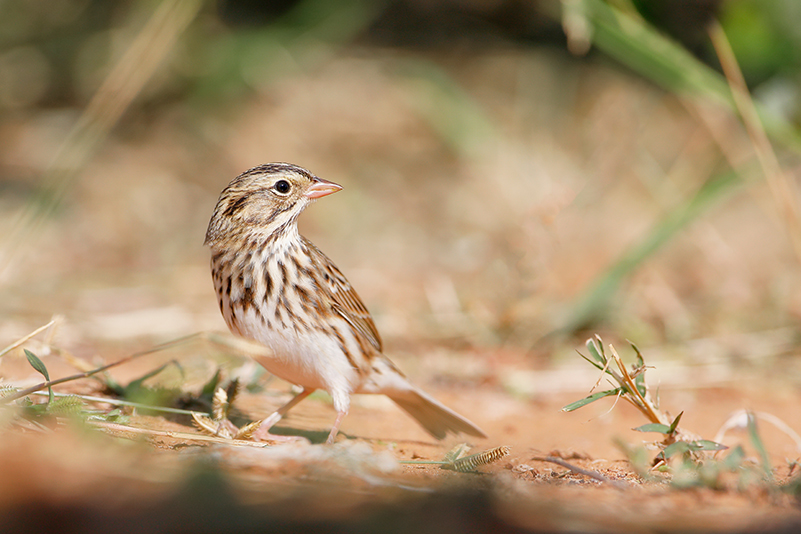The Rhode Island Woodland Partnership (RIWP) is getting things done across the state. It owes much of its success to having clearly defined conservation goals in the partnership’s strategic plan and inviting partners to participate in the ways they can. In recent years, they’ve adopted the Forestry for Birds model founded in Vermont, worked toward establishing a state Forest Conservation Commission, and helped bring significant attention to the need to consider forests in renewable energy siting. The partnership also works on the Forest Legacy Program and RI Forest Health Works Project to identify high conservation value forests and work with private landowners on succession planning.
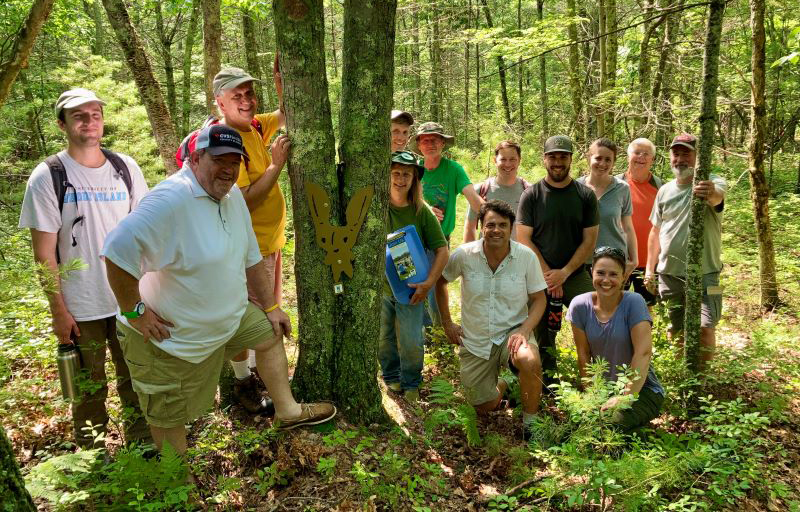
The Rhode Island Regional Conservation Partnership (RCP), established in 2013, meets monthly to ensure programs and funding sources are in place to conserve forests, says co-coordinator Kate Sayles, executive director of the Rhode Island Land Trust Council. Creating a structure that does not require a financial or time commitment from partners allows the partnership to be large and diverse, adds co-coordinator Christopher Riely, a forest specialist and research associate in the Department of Natural Resources Science at the University of Rhode Island.
Monthly meetings are generally held at the same time and week in the month, and attendance is optional. “Whoever is represented is who is represented. We have people who come every month and some people who drop in every once in a while. That makes it easier for people to participate,” Sayles says. “It’s a true partnership. Everyone who is a member is playing a role in forest conservation in Rhode Island in one way or another.”
Many of the professional members devote a small fraction of their work time to participating in RIWP activities. Some devote significant time to advancing RIWP initiatives through their positions with member organizations or independent work.
Forestry for Rhode Island Birds
Forestry for the Birds addresses threatened forest bird populations by educating landowners and natural resources professionals on the benefits of managing their land for forest-dependent bird species. “Once you bring birds into it, people get excited,” Sayles says.
Woodland Partnership leaders, with the help of ornithologists from the University of Rhode Island, the Rhode Island Bird Atlas 2.0, the North American Breeding Bird Survey, and the Audubon Society of Rhode Island, identified priority bird species that nest, feed, and breed in forests. They called them Rhode Island’s Birder’s Dozen. These 12 species were selected because they are simple to identify by sight or sound; collectively use a wide range of forest types and conditions for feeding and breeding; are showing a decline in their global breeding populations or are at risk of decline; and are supported by large tracts of contiguous forest.
The program created two guides with information on the targeted birds and where they live and provided information about restoring and enhancing the habitat of forest-dependent birds. Organizers held workshops to train landowners and foresters on these techniques to help them make stewardship and management decisions. They created demonstration sites throughout Rhode Island. While helping these birds, Sayles says the program increases private landowner engagement in bird-friendly land management plans and plants the conservation seed. Private landowners may be more motivated to conserve their forests in perpetuity after observing their forests’ role in providing essential bird habitats.
“We need a mosaic of habitat type to be able to reflect the needs of many different animal species,” Sayles says.
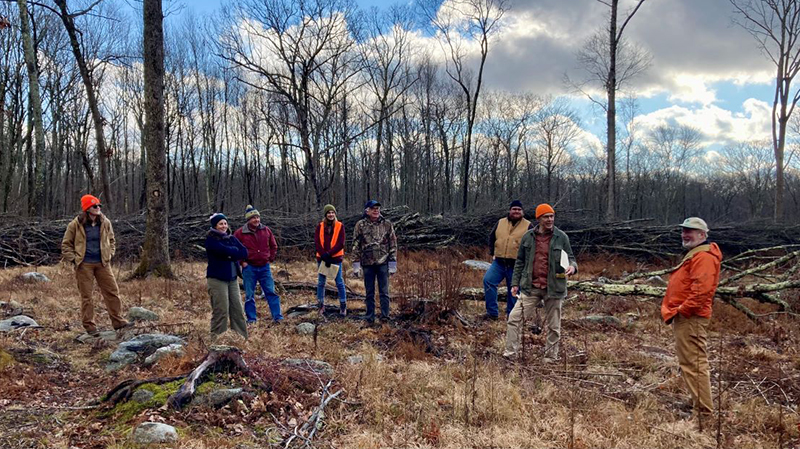
Forest Conservation Commission
Partnership members worked with Rhode Island state legislators to adopt a Forest Conservation Act in 2019, which led to the creation of a state Forest Conservation Commission in 2021. Riely and Sayles serve on the commission, along with others from the conservation community, including landowners.
“We’re working to define Rhode Island’s most important forests. If you want to build resources to preserve forest, you must prioritize,” Riely says. Through the commission, stakeholders share information and coordinate efforts to increase their overall impact on forest conservation. They’re also working together to identify funding sources for conservation efforts.
“The whole purpose of the Woodland Partnership is to collaborate and make sure we conserve the forest we have,” Sayles says. Working as a group, “we increase the impact of forest conservation measures.”
RI Forest Health Works Project
The grant-funded Rhode Island Health Works Project provides funding for conservation easements that land trusts can use, Sayles says. The $4 million in federal funds from the USDA’s Natural Resources Conservation Service is distributed through the state Department of Environmental Management. They followed the model farmers use for conservation easements and applied it to forests. In the first round of funding, they received 30 applications, Sayles says. This strong level of interest means they’ll likely run out of funding and need to apply for more.
RI Urban Forest Plan
The Woodland Partnership prefaces its work with the belief that “forests are important to people, period,” Sayles says. “We’re putting a lot of emphasis on urban forests and making sure people have tree equity.” A new Providence Tree Plan is more community-driven and involves city residents who have historically been excluded from urban forestry efforts. Staff from the Providence Neighborhood Planting Program gave a presentation to the Woodland Partnership, and Riely hopes that leads to an ongoing, mutually beneficial relationship.
The RIWP’s 2023-25 strategic plan calls for recruiting someone involved in urban forestry work to serve as a third co-coordinator to help strengthen the RIWP’s presence in that area. The goals include serving as a voice for urban woodlands, tapping partners’ expertise for guidance on the care of urban forests, and introducing community groups to the many values that urban forests provide. The plan calls for highlighting and championing efforts that address environmental justice, human health, and other equity issues. The RIWP also actively promotes awareness of climate-smart forest management strategies and helps connect landowners with legacy planning resources.
Despite all their success, the Woodland Partnership, like many other RCPs, needs more funding for capacity building. It’s an issue the RCP Network is working to address. “As a partnership, we have very limited resources,” Riely says. “Frankly, it would be nice to find more support from the partners to help write a grant to fund a coordinator.”
Their greatest resource, he says, are the strong relationships they’ve cultivated. Participants take on different roles, depending on their expertise, such as guiding private landowners through legacy planning, raising funds for land conservation, and bringing diversity, equity, and inclusion principles to the natural resources field. Partners are, in fact, the lifeblood of a partnership.
